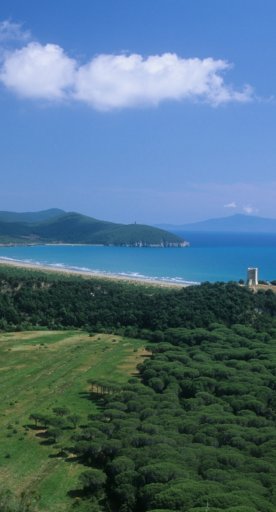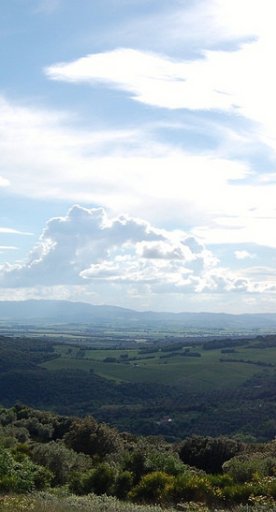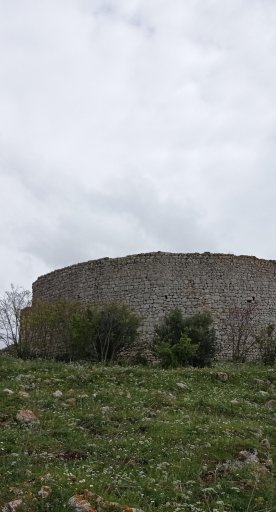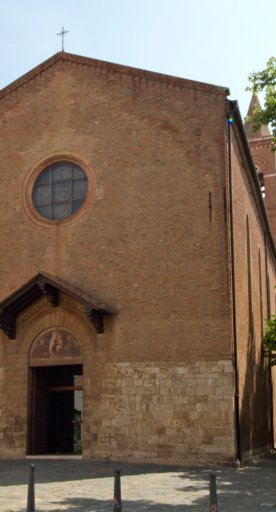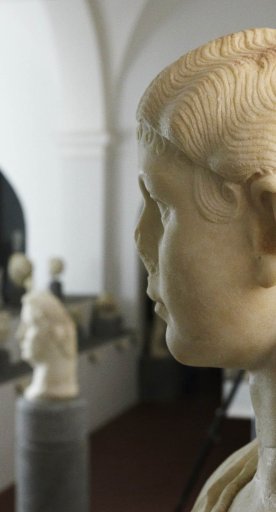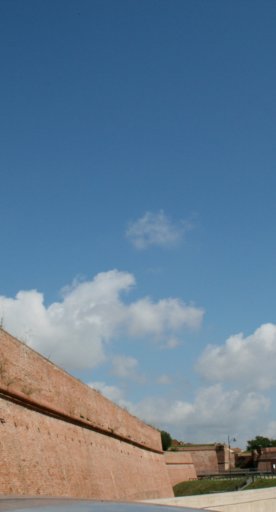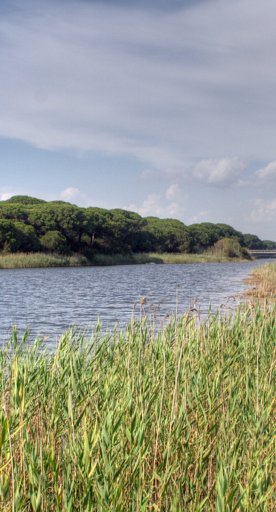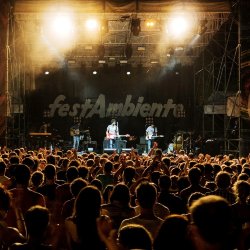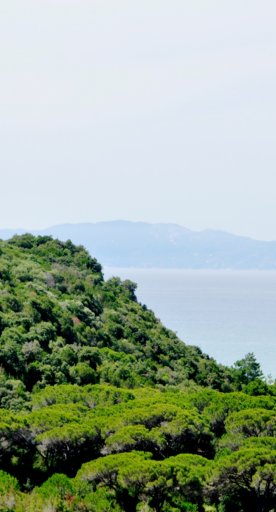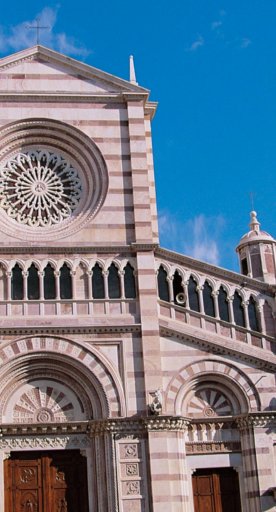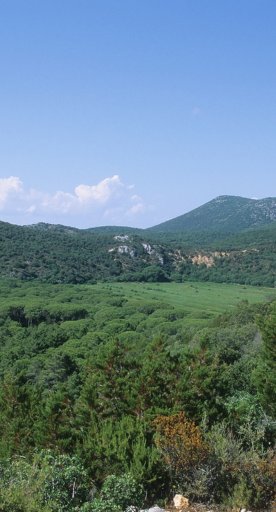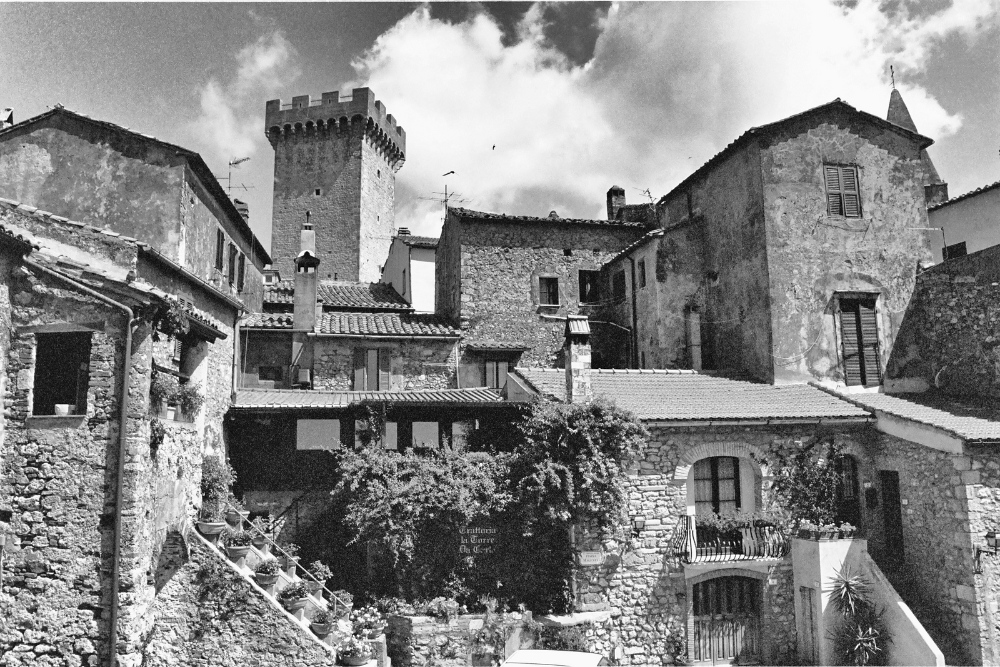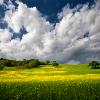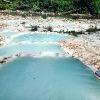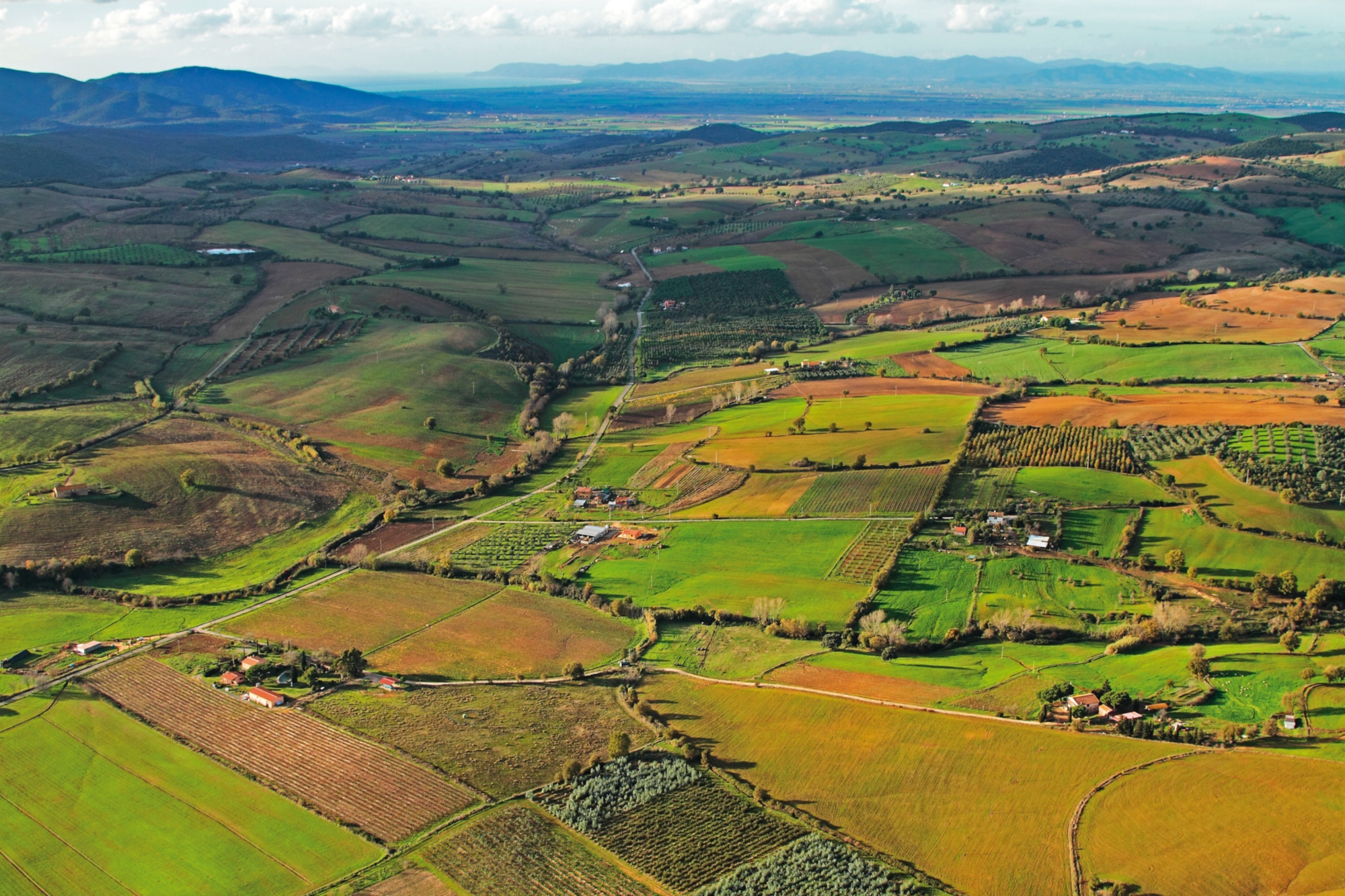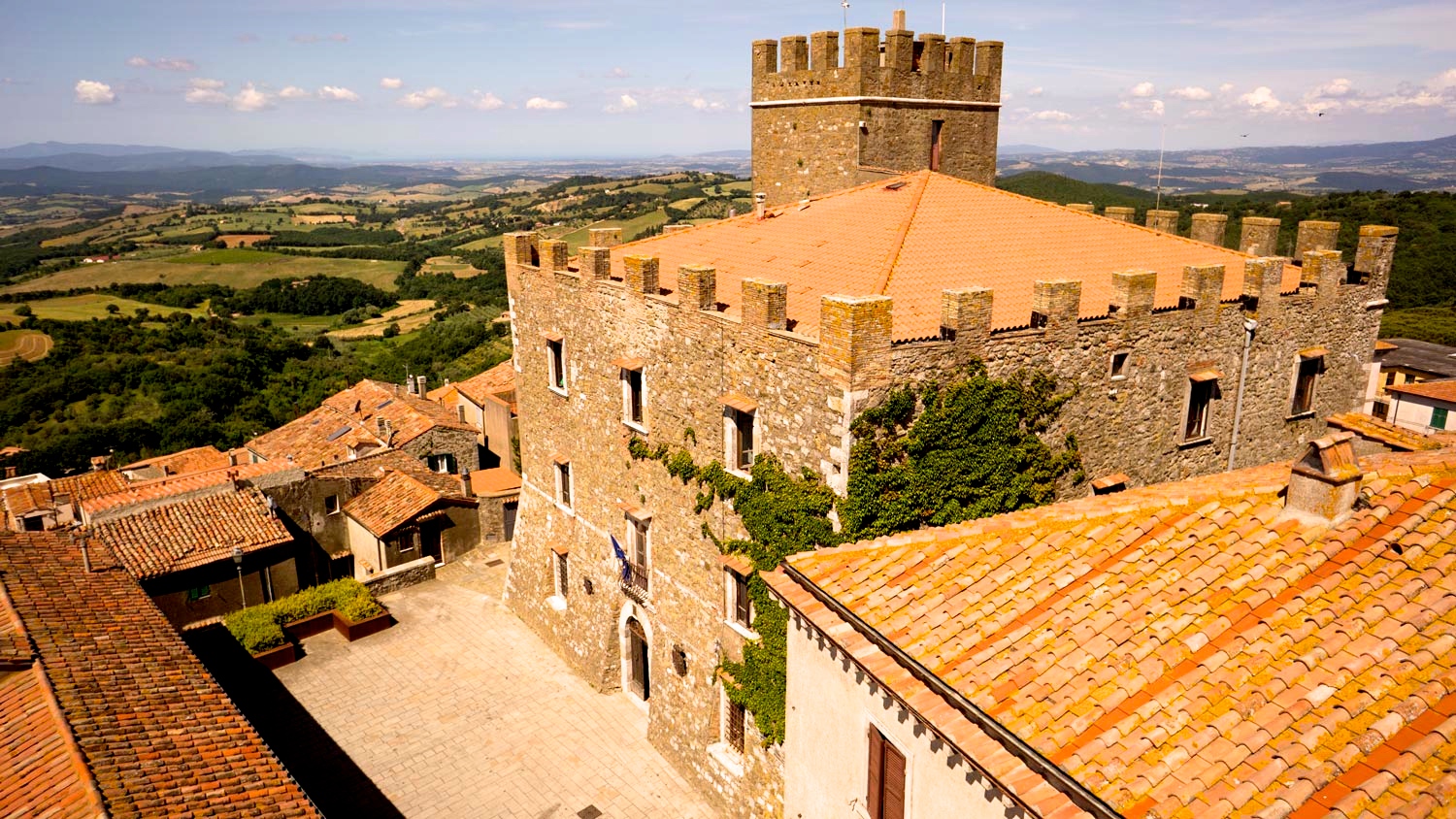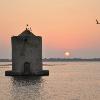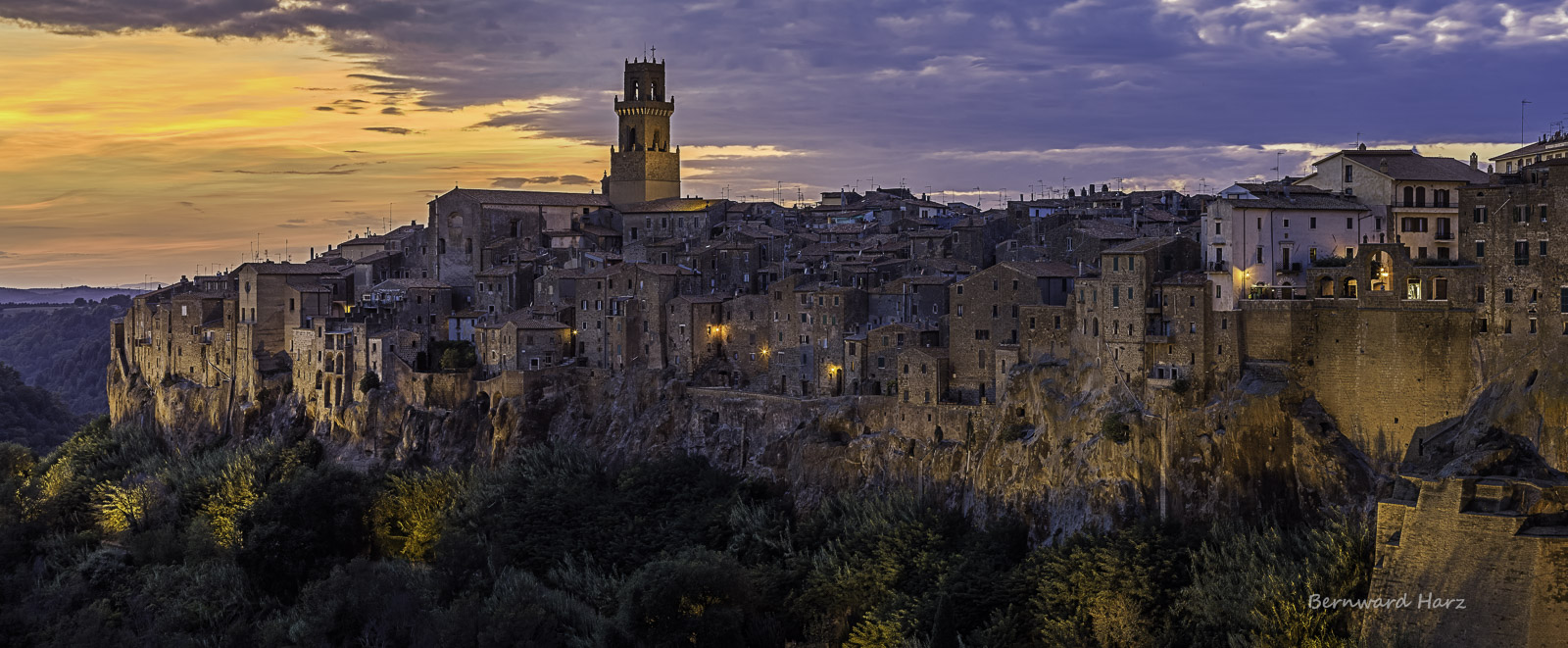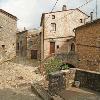Grosseto, the capital of Maremma, is spread across the plain passed through by the Ombrone, only a few kilometres from the Tyrrhenian coast.
The city’s development is more recent than that of other deeply historic villages in Maremma; it was founded in 935, when Roselle was completely destroyed by Saracen pirates.
Grosseto was a Sienese dominion from 1336 and only surrendered to the Medici family in 1559 following the battle of Montalcino. It was only in the 20th century that it grew into the city it is now, thanks to reclamation works in its territories.
The city is an ideal place for families, what with its tranquil ambiance, and is perfect for exploring the surrounding hills and nearby coast; but it also holds many unexpected surprises for those who visit.
The city of Grosseto has been awarded the title of “European Green Pioneer of Smart Tourism 2024”: a prize by the European Commission to destinations that have implemented successful strategies for sustainable tourism.


